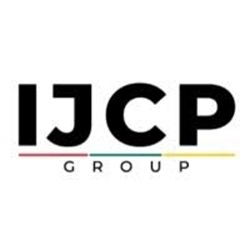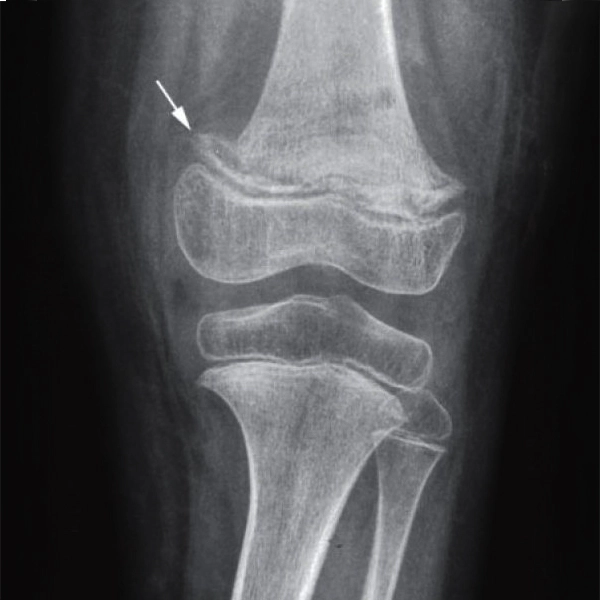.webp)
 IJCP Editorial Team
IJCP Editorial Team
Feto-maternal outcome with early preterm labor after magnesium sulfate administration
The goal
of a study was to evaluate the efficacy of magnesium sulfate as a
neuroprotective measure during early preterm labor (28 to 32 weeks) and to
assess any adverse effects on maternal and fetal outcomes post-administration
of magnesium sulfate.
This was a
hospital-based prospective observational study that selected 72 pregnant women
experiencing preterm labor and planned preterm delivery due to either maternal
or fetal indications – within the gestational age range of 28-32 weeks. This
study comprised 35 women in the magnesium sulfate group (Group A) and 35 women
in the control group (Group B), who did not receive magnesium sulfate. Both
groups received corticosteroid treatment.
It was
observed that infants in the magnesium sulfate group had a significantly lower
incidence (3/35, 8.6%) of intraventricular hemorrhage (IVH) compared to the
non-magnesium sulfate group (5/35, 14.3%). In the non-magnesium sulfate group,
8.6% extremely low birth weight (ELBW) babies and 5.7% very low birth weight
(VLBW) babies developed IVH. In contrast, in the magnesium sulfate group, 5.7%
ELBW babies and 2.9% VLBW babies experienced IVH.
Infants
born between 28-30 weeks gestation in the non-magnesium sulfate group exhibited
a higher rate of requiring intubation (20%) compared to those in the magnesium
sulfate group (11.4%). Moreover, delayed milestones were observed in 5.7% of
infants born between 30-32 weeks gestation in the non-magnesium sulfate group,
whereas none in the magnesium sulfate group displayed such delays.
Hence,
antenatal magnesium sulfate administration reduces the need for invasive
mechanical ventilation, ongoing respiratory support, and the incidence of IVH
across various preterm gestational ages. Its potential in preventing cerebral
palsy and reducing fetal or infant mortality risk is notable.
Following substantial randomized controlled trials, antenatal magnesium sulfate has been recognized as a valuable neuroprotective agent, applicable irrespective of the cause of preterm birth or gestational age. Due to its affordability, accessibility, and storage convenience, magnesium sulfate holds promise for implementation in resource-limited settings. Integrating magnesium sulfate into national guidelines for preterm infant care could substantially enhance prognosis without significant maternal side effects, thereby constituting a crucial element of prenatal prophylactic interventions for preterm infants.
Source: Medhi R,
Das I, Boro RC, Naznin W. New Indian J OBGYN. 2023;10(1):39-45.

IJCP Editorial Team
Comprising seasoned professionals and experts from the medical field, the IJCP editorial team is dedicated to delivering timely and accurate content and thriving to provide attention-grabbing information for the readers. What sets them apart are their diverse expertise, spanning academia, research, and clinical practice, and their dedication to upholding the highest standards of quality and integrity. With a wealth of experience and a commitment to excellence, the IJCP editorial team strives to provide valuable perspectives, the latest trends, and in-depth analyses across various medical domains, all in a way that keeps you interested and engaged.













Please login to comment on this article